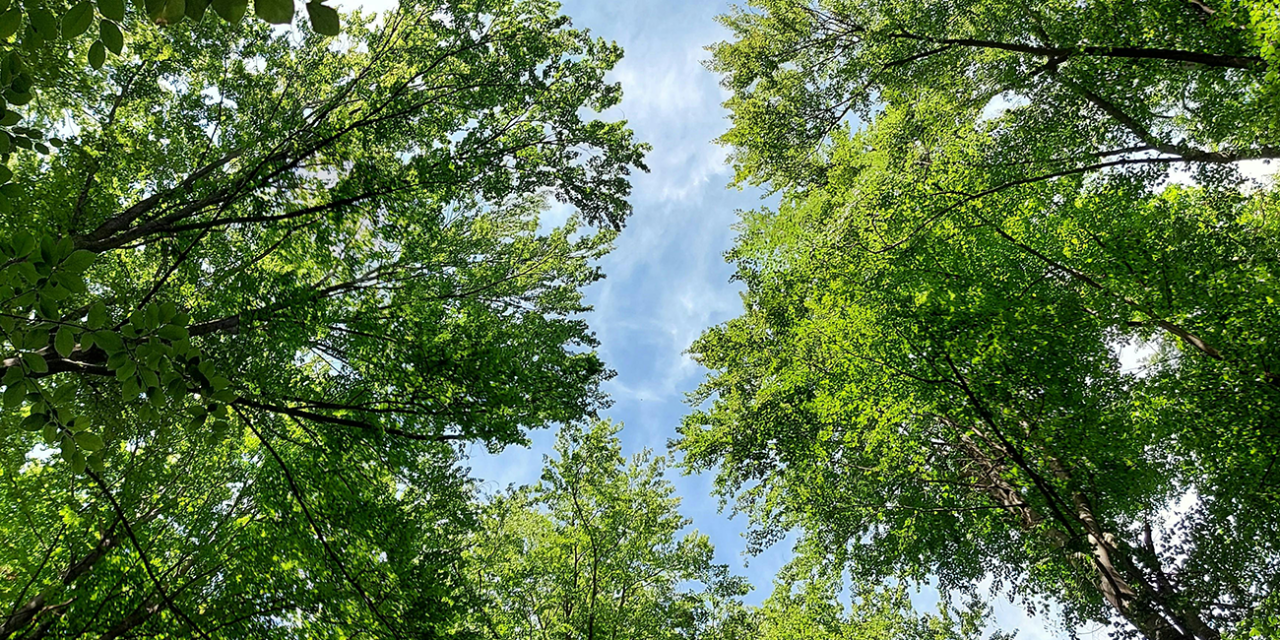Woodbridge Township, located in Middlesex County, New Jersey, is one of the oldest municipalities in the state.
Its history spans from the early days of European settlement to its current status as a thriving suburban community.
Table of Contents
Early Beginnings
Indigenous Roots
Before European settlers arrived, the area now known as Woodbridge Township was inhabited by the Lenape Native Americans.
The Lenape people lived in harmony with the region’s abundant natural resources, relying on hunting, fishing, and agriculture. Their presence in the area laid the foundation for the rich cultural history that would follow.
Colonial Settlement
Woodbridge Township was officially chartered in 1669, making it the first township in New Jersey to receive a royal charter.
Founding Figures: The township was named after Reverend John Woodbridge of Newbury, Massachusetts, who was instrumental in its establishment. The initial settlement included a diverse group of immigrants, primarily from New England.
Growth and Development
Agricultural Beginnings
In its early years, Woodbridge was primarily an agricultural community.
Farming and Trade: The fertile land allowed settlers to cultivate various crops, which became a staple of the local economy. The township also benefited from its strategic location near waterways, facilitating trade and transportation.
Industrial Revolution
The Industrial Revolution brought significant changes to Woodbridge.
Clay and Brick Industry: Woodbridge became known for its clay and brick industry, with numerous brick-making facilities established in the area. The township’s clay deposits were among the finest in the region, leading to a booming industry that supplied bricks for construction projects across the northeastern United States.
Railroad Expansion
The arrival of the railroad in the 19th century further spurred the township’s growth.
Transportation Hub: The Pennsylvania Railroad and other rail lines connected Woodbridge to major cities like New York and Philadelphia. This connectivity attracted businesses and residents, transforming Woodbridge into a transportation and commercial hub.
20th Century to Present
Suburbanization
The post-World War II time came with a big shift in Woodbridge’s development.
Residential Growth: The demand for suburban housing led to the construction of numerous residential neighborhoods. The township’s population grew rapidly, and new schools, parks, and public facilities were established to accommodate the influx of residents.
Commercial Expansion
Woodbridge continued to grow as a commercial center in the latter half of the 20th century.
Shopping Centers: The establishment of shopping centers like the Woodbridge Center Mall in the 1970s attracted shoppers from across the region. The mall became one of the largest in New Jersey, further cementing Woodbridge’s status as a commercial hub.
Fun Things to Do in Woodbridge Township
Historical Sites
- Woodbridge Township Historic Society: Explore the township’s rich history through exhibits and artifacts.
- Barron Arts Center: Visit this historic building, which hosts art exhibits, concerts, and cultural events.
Outdoor Activities
- Merrill Park: Enjoy this expansive park’s walking trails, sports fields, and picnic areas.
- Woodbridge Community Center: This center offers a range of recreational activities, including an ice rink, fitness center, and swimming pool.
Shopping and Dining
- Woodbridge Center Mall: One of the largest malls in New Jersey, offering a variety of shops and restaurants.
- Main Street: Explore local boutiques, restaurants, and cafes along Woodbridge’s charming Main Street.
Q&A: Exploring Woodbridge Township’s Legacy
Q: What role did the clay and brick industry play in Woodbridge’s development?
A: The clay and brick industry was pivotal. Woodbridge’s high-quality clay deposits led to a booming industry that supplied bricks for construction projects throughout the region.
Q: How did the arrival of the railroad impact Woodbridge?
A: The railroad connected Woodbridge to major cities, transforming it into a transportation and commercial hub and attracting businesses and residents.
Q: What factors contributed to Woodbridge’s post-World War II suburban growth?
A: The demand for suburban housing led to the construction of residential neighborhoods, schools, parks, and public facilities, significantly increasing the township’s population.
Q: How has Woodbridge maintained its historical heritage?
A: Woodbridge has preserved its historical heritage through sites like the Woodbridge Township Historic Society and the Barron Arts Center, which celebrate the township’s rich past.
Q: What recreational activities are available in Woodbridge today?
A: Woodbridge offers a variety of recreational activities, including parks, sports fields, walking trails, shopping centers, and cultural events.
Q: What are some notable commercial developments in Woodbridge?
A: The Woodbridge Center Mall is a notable commercial development, providing extensive shopping and dining options and contributing to the township’s economy.
The Future of Woodbridge Township, New Jersey
Woodbridge Township’s journey from an agricultural settlement to a bustling suburban community reflects its adaptability and resilience.
As the township continues to grow, it remains grounded in protecting its historical heritage while embracing new opportunities for development and progress.
Woodbridge’s future promises to be as dynamic and inspiring as its past, driven by the same spirit of community and innovation that has defined it for centuries.





